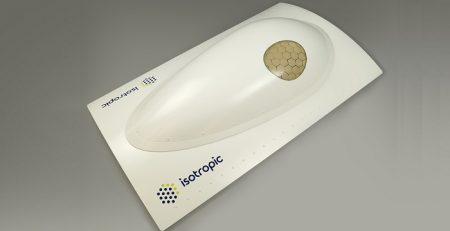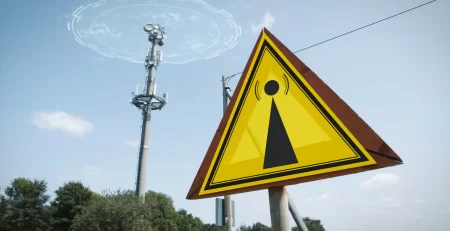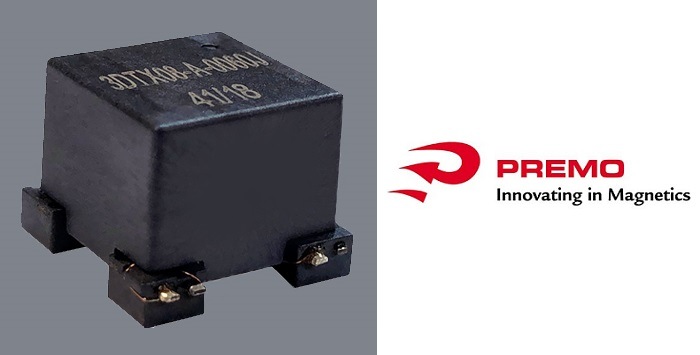Comparing SP4T, SP5T, SP6T, and SP12T RF Switches: Which Is Best for Your Application?
Picking the right RF switch is important for engineers working on projects like radar, VSAT, or wireless devices. Many types of RF switches exist. Knowing their differences and best uses can make design easier and improve results.
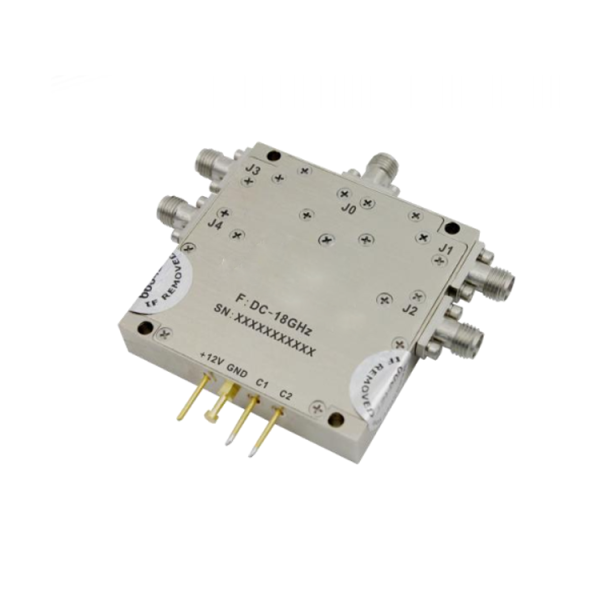
What Are RF Switches and Their Role?
RF switches are key parts in RF and microwave systems. They help direct high-frequency signals between different paths. These switches are used in tasks needing signal choices, like antenna switching, testing tools, or communication systems. Types of RF switches, such as SPDT, SP4T, SP5T, SP6T, and SP12T, differ in design and function. They suit various needs in fields like telecom, aerospace, and 5G testing.
The main job of an RF switch is to link one input to multiple outputs, or the reverse, with little signal loss and strong separation. For business buyers, choosing the right switch means balancing performance factors like signal loss, separation, and power capacity with project needs, such as frequency range and dependability.
Comparing SP4T, SP5T, SP6T, and SP12T RF Switches
When looking at multi-throw RF switch comparison, engineers must think about output ports, frequency range, and project needs.
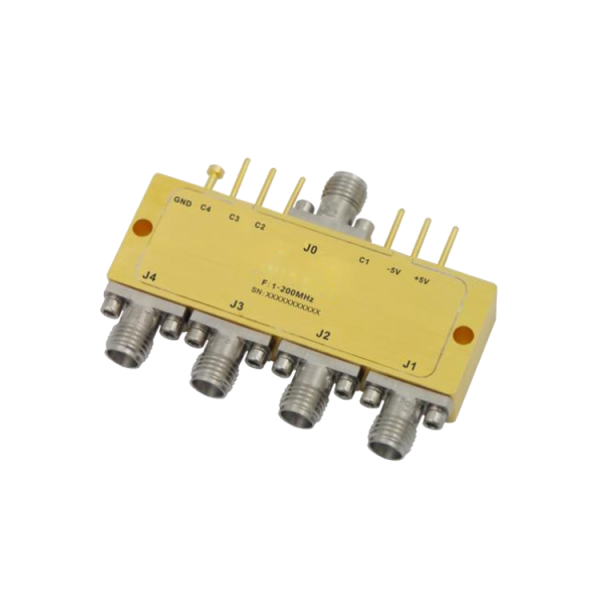
Key Features of RF Switches
All RF switches share important traits that affect their fit:
- Insertion Loss: The signal strength lost when passing through the switch. Less loss keeps signals clear.
- Isolation: The ability to stop signal leaks between ports. Good isolation ensures clean signal paths.
- Power Handling: The highest power the switch can manage without breaking. This is vital for strong systems like radar.
- Switching Speed: The time needed to change signal paths. This matters for fast systems like wireless devices.
- Frequency Range: The bandwidth the switch can handle, which varies by switch type and project.
SPDT vs SP4T RF Switch: Versatile and Reliable
SPDT switches connect one input to two outputs. They work well for simple tasks, like switching between send and receive in cell networks or choosing antennas. They have low signal loss (often <0.5 dB) and good separation (>50 dB). But, their two-port limit makes them less useful for complex systems.
SP4T RF switches link one input to four outputs. They offer more options. These switches are great for 5G testing or wireless devices needing multiple signal paths. RFecho’s SP4T switches, found at RFecho, shine in high-frequency tasks up to 26.5 GHz. They have low signal loss (<0.3 dB) and are very dependable. This makes them a top pick for engineers needing flexible coaxial switch solutions.
 SP5T and SP6T RF Switches: Balancing Flexibility and Performance
SP5T and SP6T RF Switches: Balancing Flexibility and Performance
SP5T and SP6T switches have five or six output ports. They balance options and performance well. These switches fit projects needing medium complexity, like VSAT systems or multi-band test setups. They keep strong separation (>60 dB) and low signal loss (<0.4 dB). Some designs work up to 40 GHz.
For instance, in VSAT systems, SP6T switches allow easy switching between frequency bands. This ensures solid performance in satellite communication. However, more ports may slightly increase signal loss compared to SPDT or SP4T switches. Engineers must think about this when choosing.
SP12T RF Switches: High-Port Solutions
SP12T switches have twelve output ports. They are built for complex tasks like radar or automated test equipment (ATE). These switches manage intricate signal routing. Some designs work up to 50 GHz. But, they may have higher signal loss (0.5–1 dB). They also need strong power capacity for high-power radar tasks.
Their many ports make them great for systems needing to control multiple devices or antennas at once. However, engineers must consider possible signal quality and cost issues.
|
Switch Type |
Port Count | Typical Signal Loss | Frequency Range | Key Uses |
|
SPDT |
2 | <0.5 dB | DC–4 GHz | Cell Networks, Antenna Switching |
| SP4T | 4 | <0.3 dB | DC–26.5 GHz |
5G Testing, Wireless Devices |
|
SP5T/SP6T |
5–6 | <0.4 dB | DC–40 GHz |
VSAT, Multi-band Testing |
| SP12T | 12 | 0.5–1 dB | DC–50 GHz |
Radar, ATE |
Absorptive vs. Reflective Coaxial RF Switches
Another key difference in RF switches is whether they are absorptive or reflective. Absorptive switches end unused ports in a matched load (usually 50 ohms). This reduces signal bounces and improves system stability. They are great for testing tools where signal clarity is crucial. Reflective switches leave unused ports open. This may cause bounces but is simpler and often cheaper.
For high-frequency tasks, absorptive switches are better. They reduce VSWR (Voltage Standing Wave Ratio), ensuring cleaner signal paths. Reflective switches may work for less sensitive tasks, like low-frequency consumer devices.
Decision-Making Checklist for Choosing RF Switches
To solve problems in picking the right RF switch, engineers can use this checklist:
- Define Project Needs: Find the frequency range (e.g., DC–50 GHz for radar or 4 GHz for cell networks).
- Check Port Count: Pick SPDT for simple switching, SP4T for medium needs, or SP12T for many ports.
- Review Performance Factors: Focus on low signal loss and strong separation for signal-critical tasks.
- Consider Switch Type: Choose absorptive switches for high-frequency stability or reflective for budget-friendly designs.
- Assess Power Capacity: Ensure the switch handles the project’s power levels (e.g., high-power radar).
- Confirm Dependability: Select switches with proven strength for critical systems like aerospace or 5G testing.
This checklist helps engineers match switch choices with project goals. It avoids common issues like wrong frequency ranges or weak separation.
RFecho: Your Trusted RF Switch Manufacturer
RFecho is a top maker of RF and microwave parts. They focus on high-quality coaxial switch solutions. Their wide range includes SP4T switches built for tough tasks like 5G testing, wireless devices, and antenna systems. Their products offer low signal loss, strong separation, and solid power capacity. This ensures easy use in complex RF systems. Learn more about RFecho.
FAQs About RF Switches
Q1: What are the main types of RF switches?
A: The main types include SPDT, SP4T, SP5T, SP6T, and SP12T. Each has a different number of output ports. They can also be absorptive or reflective, based on whether unused ports are ended or left open.
Q2: How do I choose between SPDT and SP4T RF switches?
A: SPDT switches work for simple tasks with two output paths, like antenna switching. SP4T switches give more options with four paths. They are great for multi-band systems or 5G testing. Think about your project’s port and frequency needs.
Q3: What is the difference between absorptive and reflective RF switches?
A: Absorptive RF switches end unused ports to reduce signal bounces. They are ideal for high-frequency tasks. Reflective switches leave ports open, which may cause bounces but are cheaper for simpler setups.
Q4: What affects RF switch performance?
A: Key factors include signal loss, separation, power capacity, switching speed, and frequency range. Low loss and strong separation are vital for clear signals in tough tasks.
Q5: Why is frequency range important for RF switches?
A: Frequency range decides if a switch fits a project’s signal needs. For example, radar may need DC–50 GHz, while cell networks use lower ranges like DC–4 GHz.
Take the Next Step with RFecho
Choosing the right RF switch can greatly affect your project’s success. This applies to radar systems, VSAT networks, or 5G test setups. RFecho’s wide range of coaxial switch solutions, especially their strong SP4T switches, offers the dependability and accuracy engineers need. Visit RFecho today to check their products. Contact their team for custom solutions. Boost your RF system performance now.


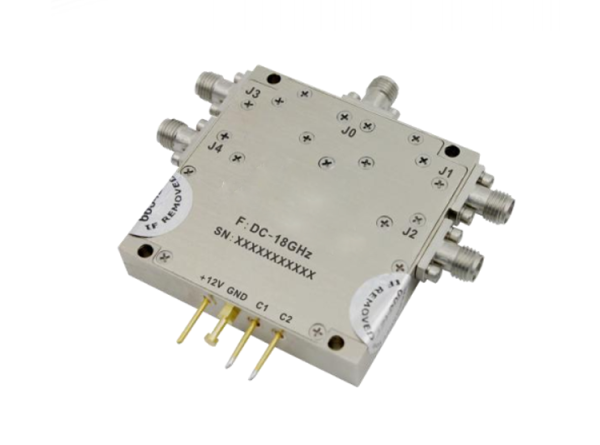
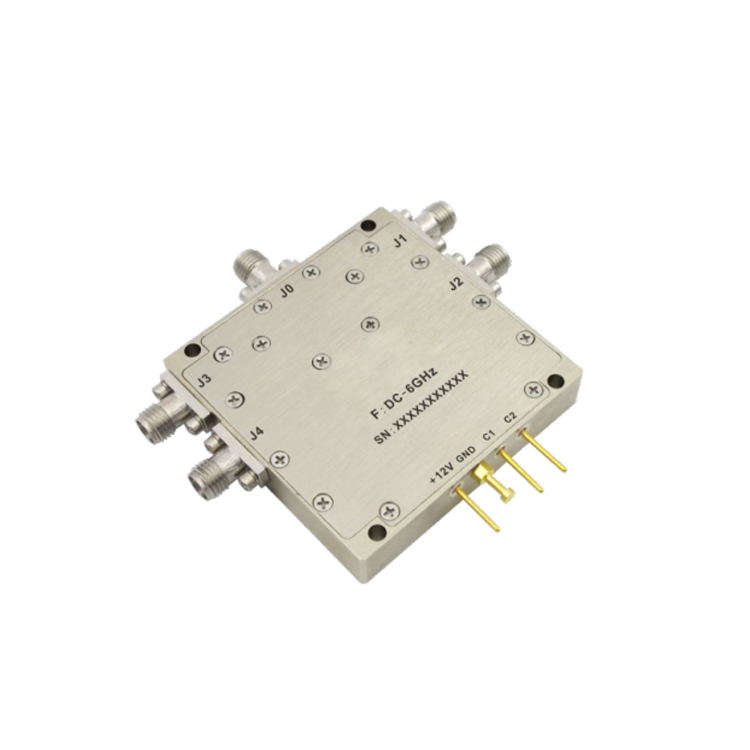 SP5T and SP6T RF Switches: Balancing Flexibility and Performance
SP5T and SP6T RF Switches: Balancing Flexibility and Performance

